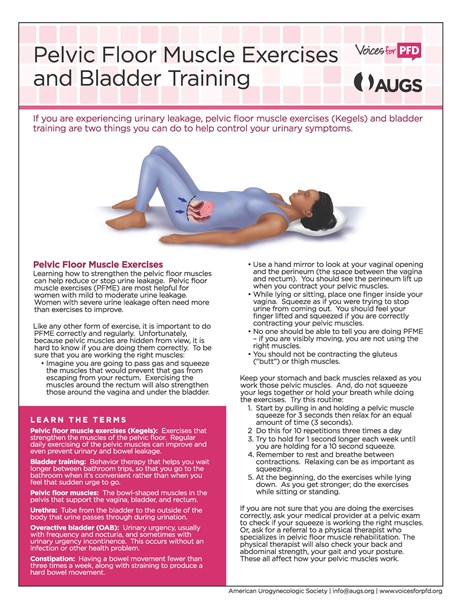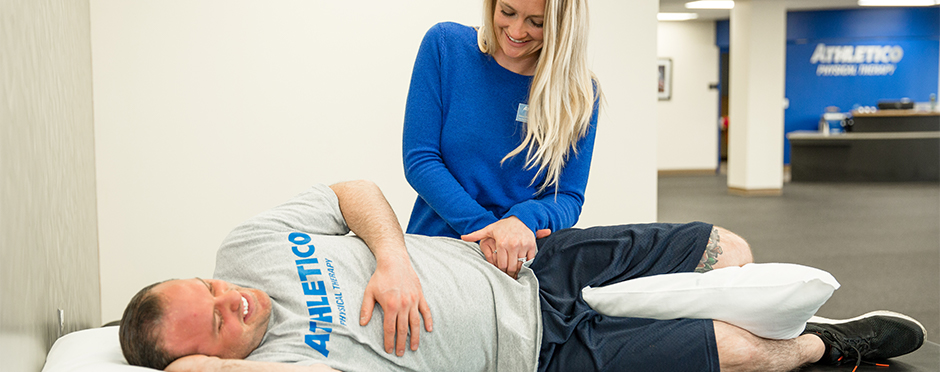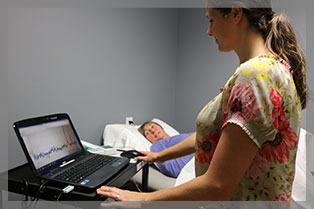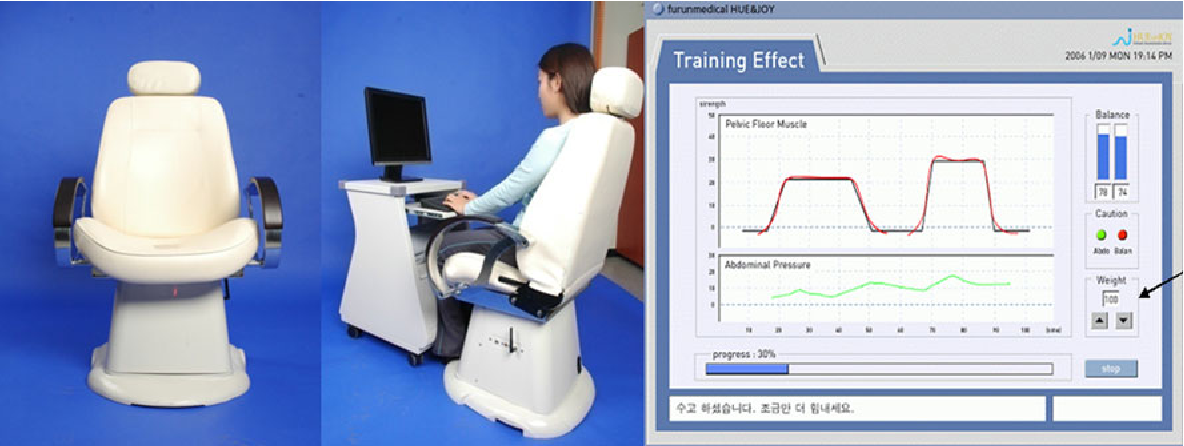Biofeedback Pelvic Floor Physical Therapy

Pelvic floor physical therapy starts with an assessment by a specially trained physical therapist pt.
Biofeedback pelvic floor physical therapy. Physical therapists are specially trained to rehabilitate the pelvic floor muscles and work with patients to develop and individualized plan of care. The initial evaluation typically includes. Pelvic floor physical therapy. The problem with pelvic floor biofeedback devices the idea behind pelvic floor biofeedback is to help women know if they are kegeling properly.
Buttocks pelvic floor tailbone vagina rectum penis or testicles. Daily medications that help to keep. These uncoordinated pelvic floor dynamics are usually diagnosed with a test called anorectal manometry which uses a thin tube to measure pressures sensations and reflexes in the rectum and anal sphincter. Pelvic floor biofeedback is sometimes used for common pelvic floor issues such as.
This blog was written by robyn lowry pt mspt. Biofeedback is a fundamental tool for pelvic floor rehabilitation. Pelvic pain urinary leakage or vaginal pressure or heaviness. The good news is that treatment typically does not involve medications.
The therapist will determine which muscles in your lower back pelvis and pelvic floor are really tight and teach you exercises to stretch these muscles so their coordination can be improved. Physical therapy is commonly done at the same time as biofeedback therapy. Biofeedback can be used for both strengthening weak pelvic floor muscles up training as well as training tight shortened overactive pelvic floor muscles to relax down training. The pelvic floor are skeletal muscles that may become weak tight or spastic as a result of disuse surgery or trauma.
Using biofeedback in pelvic floor physical therapy. Biofeedback based physical therapy to treat pelvic floor dysfunction.



















